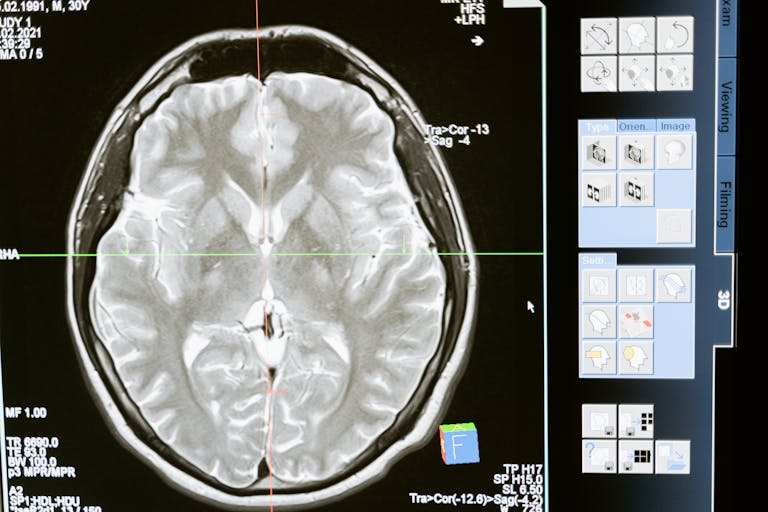Older adults share more political misinformation than younger users, but not for the reasons many assume. New research suggests the culprit is not gullibility—it is partisanship, and it grows stronger with age.
The finding reframes a heated debate about truth online, pointing the spotlight from cognitive decline to the social identities that guide how we judge and pass along information.
What the new study found
Researchers from the University of Colorado Boulder and the Rochester Institute of Technology studied nearly 2,500 adults across the United States and Brazil, ages 18 to 80. Participants saw political news headlines that either supported or challenged their preferred side; some headlines were true, others had been debunked by fact-checkers. The team then asked whether participants would share the headlines and, in a follow-up experiment, whether they believed those headlines to be true or false.
The results were consistent across two countries with very different media systems and party structures. Adults 55 and older were significantly more likely to say they would share partisan-congruent headlines—regardless of whether those headlines were accurate. As the researchers put it, belief and sharing rose when a headline made “their side” look good, and skepticism spiked when it favored the other side.
“We found that older people are more likely to believe as true and to share information that aligns with their party, whether that information is true or not,” said Leaf Van Boven, a professor of psychology and neuroscience at CU Boulder and the study’s senior author.
The study, published Nov. 3 in the Journal of Experimental Psychology: General, adds nuance to a growing body of evidence. Prior work has shown that older users shared more false stories during the 2016 U.S. election, and that a large share of falsehoods on social platforms originates with users over 50. But this new paper did not find that older adults were worse at telling real from fake once they stepped outside politics; rather, it found that politics changes how evidence is weighed.
Partisanship, not gullibility
To test whether age-related cognitive decline could explain the pattern, the team measured participants’ tendency to override gut instinct and think analytically. They found no evidence that older adults were less able to distinguish fake from real news on that basis. Instead, political identity shaped the standards people applied to accuracy.
“They had different standards of evaluating evidence depending on whether it reflected well on their side or not,” Van Boven said.
That asymmetry—lenient toward agreeable claims, harsh toward opposing ones—is a hallmark of motivated reasoning. The researchers show it intensifies with age because older adults in both countries are, on average, more partisan. Crucially, the effect was bipartisan: conservatives and liberals alike were more inclined to believe, and share, news that advantaged their camp.
A cross-continental test
By running the study in both the U.S. and Brazil, the authors could probe whether a two-party system is to blame. Brazil’s political landscape is famously fragmented, with dozens of parties. Yet the age-partisanship pattern held in both places.
“This suggests that the two-party system is not necessarily the issue here,” said co-author Guilherme Ramos of the Rochester Institute of Technology. “People in Brazil behave in the same partisan way.”
Participants were shown a mix of true and false political headlines commonly circulating in their countries. Those older than 55 were more likely to accept and share favorable headlines, including false ones, and more likely to doubt unfavorable headlines, including true ones. The mechanism was not confusion over facts so much as the gravitational pull of group identity.
Why this matters now
Older adults are not only more likely to share political content; they are also more likely to vote. According to the U.S. Census Bureau’s analysis of the 2020 presidential election, turnout was highest among people ages 65 to 74 (76.0%) and lowest among those 18 to 24 (51.4%). In other words, the cohort most engaged at the ballot box is also, on average, the most likely to pass along partisan-congruent misinformation online.
That convergence can shape the information environment far beyond social media. False claims repeated by trusted peers—family, neighbors, long-time friends—can seep into local conversations, community groups, and even church bulletins. When the message flatters one’s side, it feels familiar and safe. When it threatens one’s side, it feels suspect. The study shows how that filter, sharpened by decades of political sorting, can overwhelm the simple question: Is this true?
The implications reach campaigns, platforms, and policymakers. Efforts to improve news literacy remain vital, but the paper suggests that the bigger lever may be social: reducing knee-jerk partisanship in how we communicate.
What can help
Many anti-misinformation programs focus on teaching users to spot fakes. The authors argue for pairing those skills with strategies that dial down partisan reflexes when we hit “share.”
“Our study suggests that it is equally important to encourage people to behave in a less politically partisan way when they are communicating on their social networks,” Van Boven said.
That begins with simple habits: pause before posting, check whether a claim would still look credible if the parties were reversed, and consult a source you would trust if it favored the other side. It also means resisting the urge to prune our circles until only the like-minded remain.
“As someone who studies political polarization, I am very much in favor of inter-group contact. It’s critical for a healthy democracy that we can talk to and have friends who think differently,” Ramos said.
Platforms can nudge these behaviors by elevating accuracy prompts that ask users to consider whether they would share a headline if it opposed their side, or by making cross-partisan source-checking one click away. Newsrooms can help by designing explainers that directly address common partisan narratives with clear evidence, so that truth is easy to verify in the moment it is most tempting to share.
Beyond stereotypes, toward solutions
It is tempting to chalk up misinformation sharing among older adults to diminished capacity or inexperience online. This study cautions against that stereotype. Older participants could tell true from false when partisanship was not at stake; what changed was the lens through which they assessed political claims. That lens becomes more partisan with age, and it distorts what we deem believable and shareable.
The broader media context reinforces the challenge. Cable news, algorithmic feeds, and personality-driven podcasts all reward content that flatters identity. That incentive structure does not belong to any one party or age group, but it interacts powerfully with the stronger partisanship seen among older adults. When identity meets a likeable headline, the share button becomes a reflex.







